In this guide I am going to introduce you to the Micro Four Thirds cameras , what are their advantages and disadvantages and the best models currently on the market.
Each type of camera has its ideal user , some prefer SLR cameras and others are more lovers of EVIL cameras , although there are also many fans of compact or bridge cameras . And there is no ideal camera , but the one that best suits your needs and your tastes.
We want you to find your ideal partner, that's why today I present you with this other possibility, which may sound less, but it is still a great option.
First I will tell you about what micro four thirds cameras are, their characteristics, ideal type of user, etc. But if what interests you is the list with the best micro four thirds cameras , go directly here.
INSIDE THIS ARTICLE... ? [ Hide ]
- 1 What is a Micro Four Thirds camera?
- 2 Advantages of Micro Four Thirds cameras
- 3 Disadvantages of Micro Four Thirds cameras
- 4 Who is the ideal user of Micro Four Thirds cameras?
- 5 Gallery of photos taken with Micro Four Thirds cameras
- 6 Best Micro Four Thirds Cameras of 2023
- 6.1 Olympus OM-D E-M1 Mark III
- 6.2 Panasonic Lumix DC-GH5 II
- 6.3 Olympus OM-D E-M1X
- 6.4 Panasonic Lumix DC-GH5S
- 6.5 Olympus OM-D E-M5 Mark III
- 6.6 Panasonic Lumix DC-G9
- 6.7 Panasonic Lumix DC-G100
- 6.8 Olympus OM-D E-M10 Mark IV
- 6.9 Panasonic Lumix DC-GX9
- 6.10 Panasonic Lumix GX80
WHAT IS A MICRO FOUR THIRDS CAMERA?
Micro Four Thirds (4/3) is a standard of cameras with advanced features, mirrorless, 17.3 x 13.8 mm sensor, generally small and thin body and with interchangeable lenses.
Two companies joined their efforts to create this standard or camera system: Panasonic and Olympus first presented it in 2008, and it is still valid today. This is the official page of the Micro Four Thirds system.
A lot has happened since then, and the micro 4/3 is already a well-established system that is well received by consumers, as well as a good variety of lenses and accessories from the main brands. In addition to a remarkable advance in the cameras themselves.
You may know them as EVIL or mirrorless as they are ? . Now, not all mirrorless or EVIL are micro 4/3. That mainly depends on the size of the sensor . Some EVIL mount an APS-C sensor , others micro 4/3 and others even Full Frame.
The main difference with an SLR camera is that they do not have a mirror, which means that they need very little space between the sensor and the lens. This simple fact allows the space (and weight) of the camera to be considerably reduced.
The sensor (MFT 4/3″), as you can see in the following graph, is smaller than the APS-C although, today, just as competitive. Micro 4/3 cameras also differ from other formats, as they have a 2x conversion factor .
Leaving aside the technical issue and told in a very simplified way, Micro Four Thirds cameras are very similar in features to digital SLR cameras, but with the size and manageability of a digital compact camera.
ADVANTAGES OF MICRO FOUR THIRDS CAMERAS
These cameras combine the advantages of compact cameras on the one hand and SLR cameras on the other, making them unique. Let's see some of its advantages:
- Small size cameras. They are cameras as small as any compact camera, which is a real advantage for those who do not like to go around carrying the heaviness of an SLR camera. Therefore, they are ideal for traveling , for street photography or simply for those who enjoy the comfort and discretion of a small and light camera.
- As I have already mentioned, the main difference is that they do not have a mirror. This allows for compact size and weight. A compact appearance, but with a much more powerful interior.
- Photo quality. The quality of the photos produced by this type of camera has nothing to envy, in general, to that of digital SLRs with APS-C sensors, on many occasions it is even higher, and is much higher than the quality of a camera. compact digital.
- interchangeable objectives. Unlike compact or Bridge cameras, with these cameras you can not only change the lens but also exchange them between different micro 4/3 models and brands, even analog models. You can learn more about lens compatibility here.
- Good quality goals . Manufacturers go to great lengths to create quality objectives; They are usually well balanced in size with respect to the body of these cameras, they are well built, solid and robust. In general, it is difficult to find poor quality lenses in this format.
- In addition, they have a very wide offer and many of the major lens brands work in this format. So we don't have to suffer in case we find the right goal or not ? .
- Very careful design. If you are one of those who buy by sight, you will be tempted. These cameras, in general, are beautiful. Many retro-style designs, silver tones, imitation leather...
- Bigger sensors. The sensor of a Micro Four Thirds camera is significantly larger than that of a compact camera (up to 9 times larger), which leads to a photo quality that is difficult to beat with a compact camera.
- Top Videos. Cameras of this type offer better performance than SLRs (in general) in terms of autofocus when recording videos. In them the autofocus is much faster and many of them record in 4K.
- Good connectivity. They are cameras designed for immediacy, to share your photos quickly in your RRSS, to interact with your phone. In short, to work quickly and without cables.
- Slightly lower photo quality. Micro 4/3 cameras have a smaller sensor size than DSLRs, which ends up negatively reflecting on photo quality in specific situations such as low-light scenarios. Now, it should be noted that there are practically no differences with the APS-C. Only a very trained, very demanding user, or one who needs large enlargements will notice the difference ;).
- Slow autofocus in colors. When shooting a scene with multiple objects and backgrounds of similar colors, the camera has a hard time focusing quickly. This isn't a big drawback either, as many SLRs do the same thing, but it's so light it's almost unnoticeable.
- Non-existent or electronic viewfinder. Micro Four Thirds cameras are so small that they do not have a real (optical) viewfinder like classic cameras. What some do incorporate is an electronic viewfinder, which is the closest thing to a screen but small. For some it will be an absolute advantage, since it allows, among other things, to preview the scene with the settings (blur, light, etc.) directly from the viewfinder. For others, a nuisance ? . That goes to taste.
- They spend more battery than an SLR. Logically, the fact that everything is digital (the touch screen, the viewfinder, the connectivity, etc.) translates into a higher battery drain than cameras with optical viewfinders or non-touch screens.
- Olympus OM-D E-M1 Mark III
- Panasonic Lumix DC-GH5 II
- Olympus OM-D E-M1X
- Panasonic Lumix GH5S
- Olympus OM-D E-M5 Mark III
- Panasonic Lumix DC-G9
- Panasonic Lumix DC-G100
- Olympus OM-D E-M10 Mark IV
- Lumix GX9
- Lumix GX80
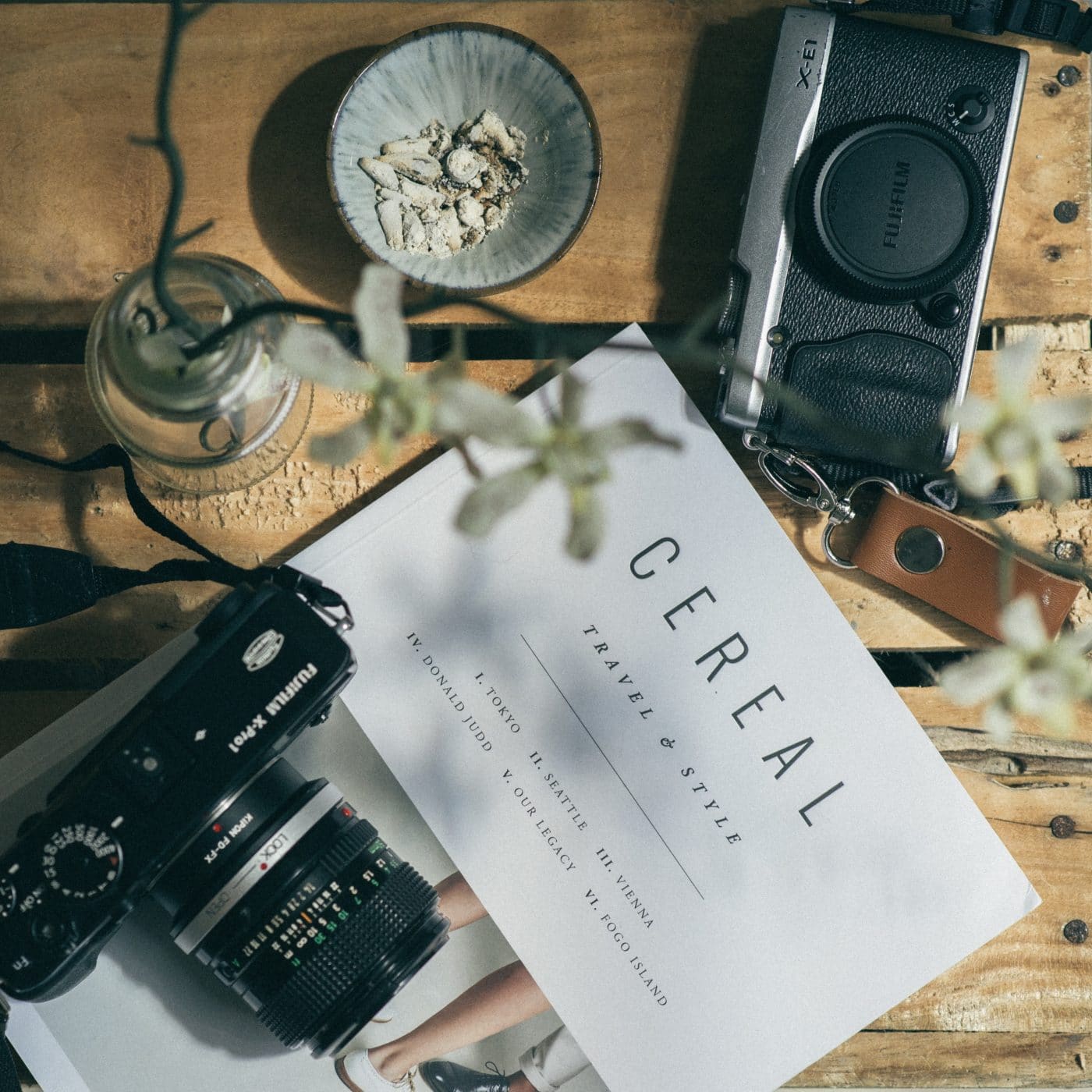

In short, you can access a high-performance camera, with high-quality lenses, at a more affordable price than its equivalent in SLR equipment.
DISADVANTAGES OF MICRO FOUR THIRDS CAMERAS
Not all is good news in these chambers. They also have their drawbacks which, in my opinion, are:
WHO IS THE IDEAL USER OF MICRO FOUR THIRDS CAMERAS?
As I told you at the beginning, there is an ideal type of camera for each type of user. If you think you meet the following profile then your next camera definitely has to be a Micro Four Thirds:
You are fond of photography. You love taking good photos and often you'll stare at a photo you see out there wondering what it is about that photo that makes you like it.
You like to always (or almost always) have your camera close at hand, in your bag or backpack. You hate having to carry heavy photography equipment, so much so that if you had an SLR camera at home, it is very likely that you would go out without it on many occasions due to how cumbersome it would be to carry it.
You don't put limits on learning. The love of photography is not a thing of a day. In the future you want to expand your team, try new techniques. Never stop learning and that your team lives up to your thirst for knowledge.
Compact cameras have always seemed very practical to you, but they always fell short and none of them ever fully met your expectations. You think that a compact camera would be good to get by, for a casual photo on a birthday, etc., but NOT for you.
Do you think that what you need is a camera that gives you a higher level of control, you like to control the camera, control the lens, change the focal length, play with focus and blur, focus on the subject and blur the background, capture a landscape panoramic and wide, etc.
Friend or friend, if you identify with the last four paragraphs, don't give it any more thought: what you need is a Micro Four Thirds camera.
GALLERY OF PHOTOS TAKEN WITH MICRO FOUR THIRDS CAMERAS
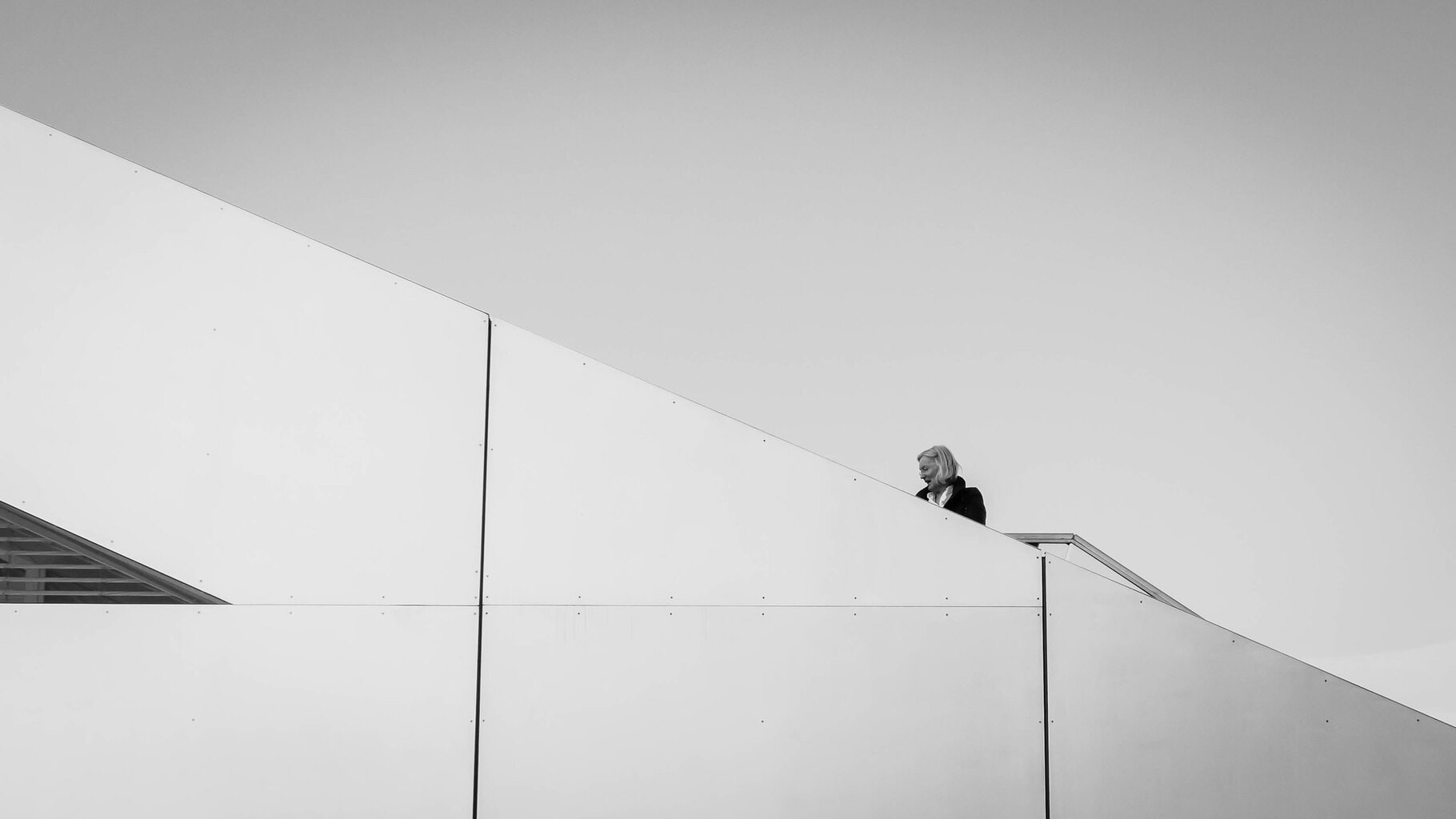
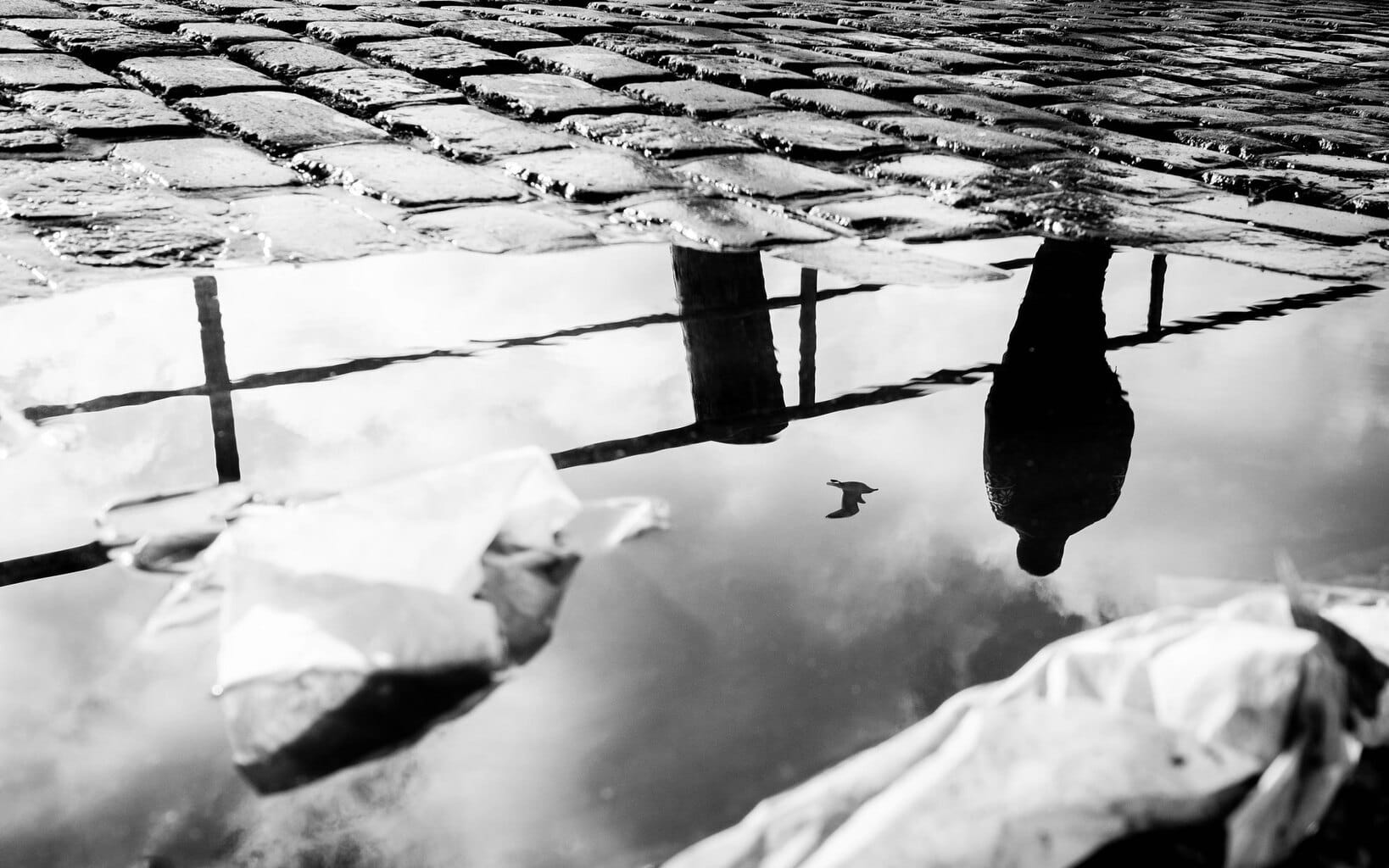
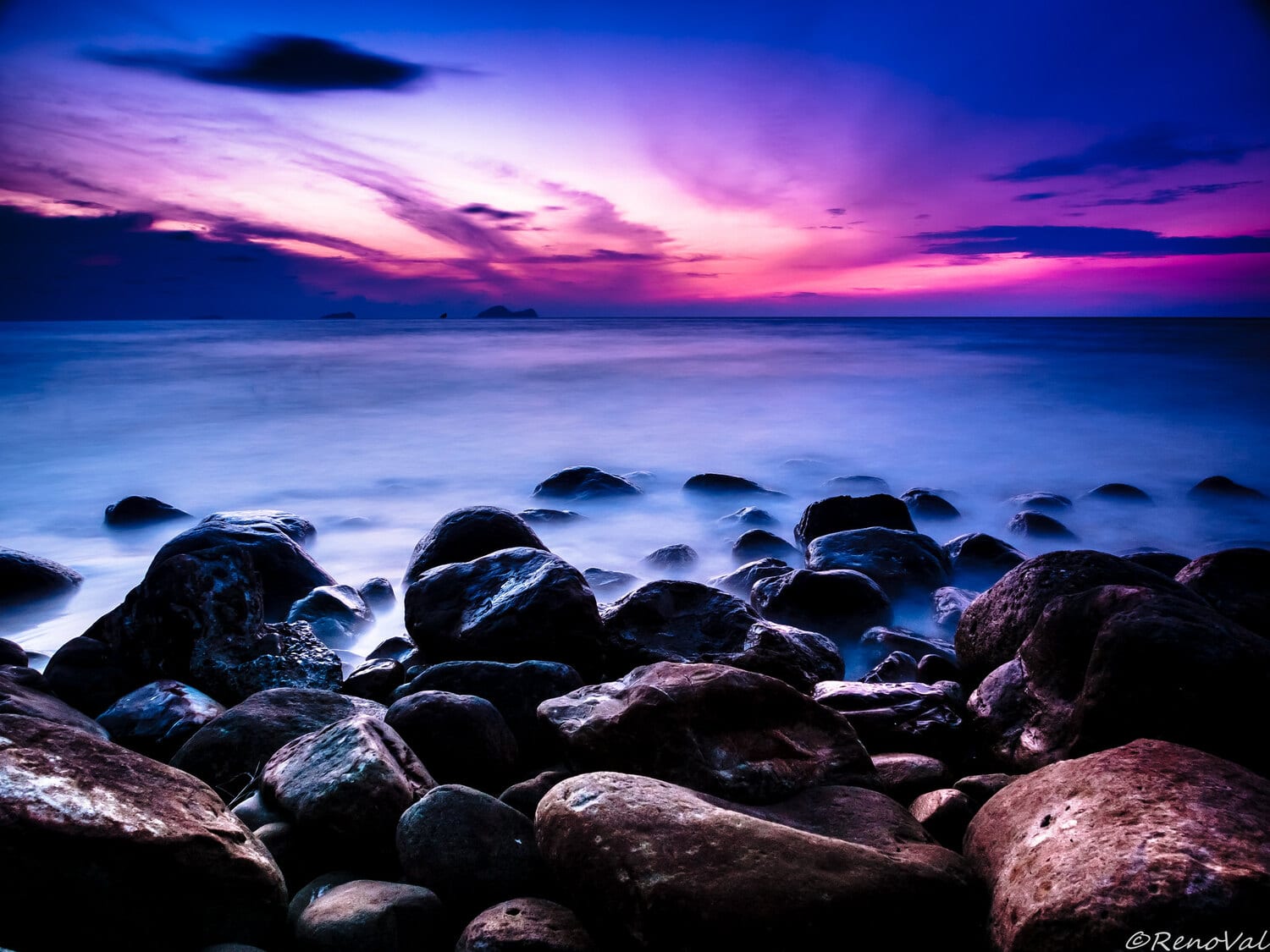
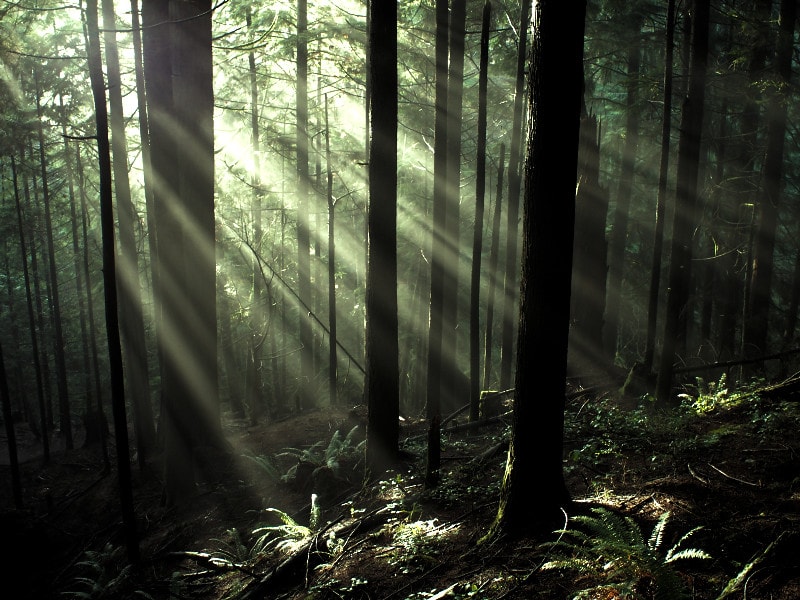

Pictures worth more than a thousand words ?
BEST MICRO FOUR THIRDS CAMERAS OF 2023
These are the best Micro Four Thirds cameras that you can find right now on the market:
OLYMPUS OM-D E-M1 MARK III
A lady camera that has nothing to envy to SLRs, designed for a professional or advanced user, with a sealed body and integrated DN filter.
Integrated DN filter.
Low battery life.
| Model | Olympus OM-D E-M1 Mark III |
|---|---|
| Sensor | 20.4MP |
| ISO sensitivity | Auto, 200-25600 (expandable up to 64) |
| rate of fire | 1/32000 sec |
| focus points | 121 |
| Screen | 3″, articulated and tactile |
| Video | 4K |
| Burst | up to 30fps |
| Stabilization | 5 axis |
| connectivity | Wi-Fi and Bluetooth |
| Weight | 480g |
| Dimensions | 134.1 x 90.9 x 68.9mm |
| Price | 1,500 euros approx |
PANASONIC LUMIX DC-GH5 II
A sealed magnesium housing body, 4K video recording and live streaming or 5-axis stabilization are just some of the features of this fantastic camera.
Double card.
No GPS.
| Model | Panasonic Lumix DC-GH5 II |
|---|---|
| Sensor | 20 MP |
| ISO sensitivity | Auto, 200-25600 (expandable to 100-25600) |
| rate of fire | 1/16000 sec |
| focus points | 225 |
| Screen | 3″, articulated and tactile |
| Video | 4K |
| Burst | up to 12fps |
| Stabilization | 5 axis |
| connectivity | Wi-Fi and Bluetooth |
| Weight | 727g |
| Dimensions | 139 x 98 x 87mm |
| Price | €1,269.00 |
OLYMPUS OM-D E-M1X
High-end camera designed for very advanced or professional users . With integrated vertical grip, lock button, external microphone, splash, dust and freeze resistant.
Two batteries (up to 2500 images approx.).
heavy body
| Model | Olympus OM-D E-M1X |
|---|---|
| Sensor | 20 MP |
| ISO sensitivity | Auto, 200-25600 (expandable to 100-25600) |
| rate of fire | 1/32000 sec |
| focus points | 121 |
| Screen | 3″, articulated and tactile |
| Video | 4K |
| Burst | Up to 60fps |
| connectivity | Wi-Fi and Bluetooth |
| Weight | 997g |
| Dimensions | 144.4 x 146.8 x 75.4mm |
| Price | N/A |
PANASONIC LUMIX DC-GH5S
The beast of the video. This camera is for movie lovers who also like to take photography, designed for the professional and very advanced user . Sealed body, good response at high ISO values, video input, headphone output and Wi-Fi connection.
4K seamless.
Relatively low battery life.
| Model | Panasonic Lumix DC-GH5S |
|---|---|
| Sensor | 10MP (17.3x13mm) |
| ISO sensitivity | Auto, 160-51200 (expandable to 80-204800) |
| rate of fire | 1/16000 sec |
| focus points | 225 |
| Screen | 3.2″, articulated and tactile |
| Video | C4K/4K 60p/50p |
| Burst | up to 12fps |
| connectivity | Wi-Fi and Bluetooth |
| Weight | 660g |
| Dimensions | 138.5 x 98.1 x 87.4mm |
| Price | €1,778.00 |
OLYMPUS OM-D E-M5 MARK III
A sealed, light and robust camera ideal for the medium-advanced level photographer who is capable of taking advantage of all its functions. It has a 5-axis stabilizer, 4K video recording, and 20.4MP and up to 30 fps, among other features.
sealed body.
Relatively low battery life.
| Model | Olympus OM-D E-M5 Mark III |
|---|---|
| Sensor | 20.4MP Live MOS |
| ISO sensitivity | Auto, 160-51200 (expandable to 80-204800) |
| rate of fire | 1/32000 sec |
| focus points | 121 |
| Screen | 3″, articulated and tactile |
| Video | 4K |
| Burst | up to 30fps |
| connectivity | Wi-Fi and Bluetooth |
| Weight | 414g |
| Dimensions | 125.3 x 85.2 x 49.7mm |
| Price | €1,400.66 |
PANASONIC LUMIX DC-G9
Here we have another beast that will serve you both for photos and video at a professional level . Body sealed against dust, water and ice, image stabilizer, external microphone and 6K photography function, are just some of its features.
Electronic trigger speed of 1/32000s.
Relatively low battery life.
| Model | Panasonic Lumix DC-G9 |
|---|---|
| Sensor | 20.3MP |
| ISO sensitivity | Auto, 200-25600 (expandable up to 100) |
| rate of fire | 1/8000 sec |
| focus points | 225 |
| Screen | 3″, articulated and tactile |
| Video | 4K 60p/50p |
| Burst | up to 20fps |
| connectivity | Wi-Fi and Bluetooth |
| Weight | 658g |
| Dimensions | 136.9 x 97.3 x 91.6mm |
| Price | €1,019.00 |
PANASONIC LUMIX DC-G100
It is a compact, beautifully designed mirrorless camera, specially designed and intended for vloggers and as a starter camera.
It has an articulated screen, focus with face detection, a good stabilization system, external microphone input and an audio system with different options ideal for taking pictures or recording videos.
External microphone input.
Body not sealed.
| Model | Panasonic Lumix DC-G100 |
|---|---|
| Sensor | 20.3MP |
| ISO sensitivity | Car, 200-25600 |
| rate of fire | 1/16000 sec |
| focus points | 49 |
| Screen | 3″, articulated and tactile |
| Video | 4K |
| Burst | up to 10fps |
| connectivity | Wi-Fi and Bluetooth |
| Weight | 270g |
| Dimensions | 116 x 83 x 54mm |
| Price | €654.17 |
OLYMPUS OM-D E-M10 MARK IV
This beautiful micro four thirds camera with a retro design is perfect to start and stay in photography with endless creative possibilities. Small, simple and very affordable but that gives the stature in terms of quality.
5 axis stabilizer.
Body not sealed.
| Model | Olympus OM-D E-M10 Mark IV |
|---|---|
| Sensor | 20MP |
| ISO sensitivity | Auto, 200-25600 (expandable to 100-25600) |
| rate of fire | 1/4000 sec |
| focus points | 121 |
| Screen | 3″, articulated and tactile |
| Video | 4K (30p/25p/24p) |
| Burst | Up to 15fps |
| connectivity | Wi-Fi and Bluetooth |
| Weight | 383g |
| Dimensions | 122 x 84 x 49mm |
| Price | €862.14 |
PANASONIC LUMIX DC-GX9
An ideal mirrorless camera to start and not stop in the world of photography. A super light camera, to always carry in your pocket, with a beautiful retro design and excellent value for money.
Electronic trigger speed of 1/16000s.
Crop in 4K videos.
| Model | Panasonic Lumix DC-GX9 |
|---|---|
| Sensor | 20.3MP |
| ISO sensitivity | Auto, 200-25600 (expandable up to 100) |
| rate of fire | 1/16000s |
| focus points | 49 |
| Screen | 3″, tactile and 180º foldable |
| Video | 4K |
| Burst | up to 30fps |
| connectivity | Wi-Fi and Bluetooth |
| Weight | 450g |
| Dimensions | 124 x 72.1 x 46.8mm |
| Price | €759.00 |
PANASONIC LUMIX GX80
Light camera for the amateur photographer , with image stabilizer, fast focus and shooting, compact size and good image quality and excellent value for money. Ideal for street or travel photography, also to always carry it with you.
4K video.
Poor performance in low light.
| Model | Panasonic Lumix GX80 |
|---|---|
| Sensor | 16MP |
| ISO sensitivity | Auto, 200-25600 (expandable up to 100) |
| rate of fire | 1/4000s |
| focus points | 49 |
| Screen | 3″, tactile and folding |
| Video | 4K (30p/24p) |
| Burst | up to 8fps |
| Stabilization | 5 axis |
| connectivity | Wi-Fi and Bluetooth |
| Weight | 426g |
| Dimensions | 122 x 70.6 x 43.9mm |
| Price | €538.99 |
Which is your favorite? Have you tried any? We'd love to read your comments below ?? ?? ??.
PS: If you know of someone who might be interested in this article, please do not hesitate to share it on your favorite social network.

![THE BEST MICRO FOUR THIRDS CAMERAS [2023]](https://photographychef.com/wp-content/uploads/2023/01/the-best-micro-four-thirds-cameras-2023.jpg)
